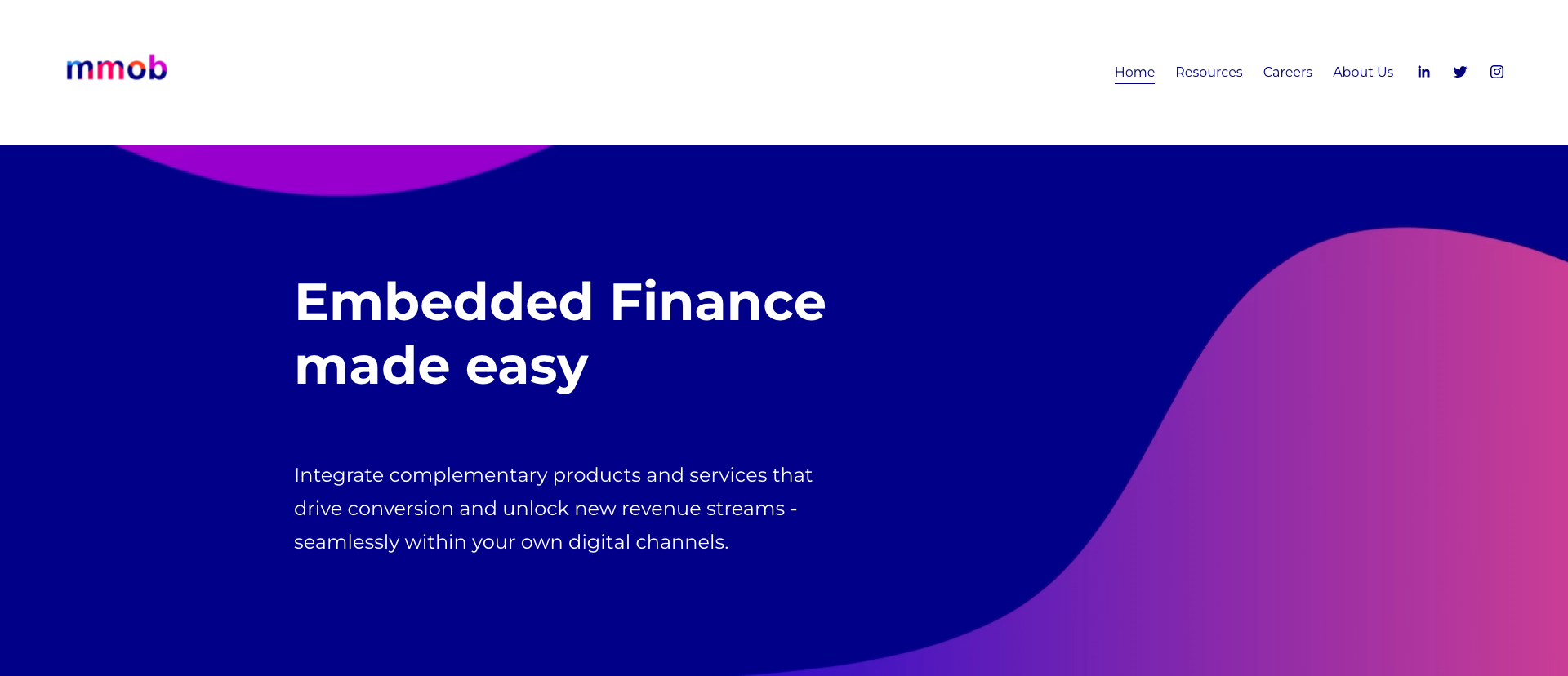
These nine fintechs wowed our FinovateFall audiences last year with their innovations in embedded finance, payments, wealth management, and more. To whet your appetite for FinovateFall next month, September 12 through 14, here’s a look at what our FinovateFall 2021 Best of Show companies have been up to since taking home Finovate’s top prize last fall.
FinovateFall 2022 is only two weeks away. Register by September 2nd and take advantage of big early-bird savings!
Array
Won Best of Show for its API-based and embedded personalized consumer credit, identity, and financial wellness solutions. Headquartered in New York City. Founded in 2020.
Forged partnerships with fellow Finovate alums Jack Henry Associates and Alkami Technology. Won a second Best of Show award at FinovateSpring 2022.
Autobooks
Won Best of Show for its small business digital invoicing and online payment acceptance solutions. Headquartered in Detroit, Michigan. Founded in 2017.
Raised $50 million in funding. Named a finalist in the Best SMB/SME Banking Solution category in the 2022 Finovate awards.
Bambu
Won Best of Show for its technology designed to help financial institutions provide wealth management services. Awarded Best of Show at FinovateAsia 2017 in Hong Kong and at FinovateAfrica 2018 in Cape Town. Founded in 2016. Headquartered in Singapore.
Launched docuseries, Behind the Robo. Named a major player in the robo-advisory market by The Business Research Company. Worked with Standard Chartered Bank Kenya to help them launch their new money market fund offering.
Dreams
Won Best of Show for its engagement banking platform that offers a unique way to engage customers and responsibly expand revenues. Awarded Best of Show at FinovateSpring 2021. Founded in 2014. Headquartered in Stockholm, Sweden.
Awarded Best of Show at FinovateEurope 2022. Partnered with fellow Finovate alum Mastercard to deliver sustainable banking products for financial institutions. Named to The Fintech 250.
Horizn
Won Best of Show for its platform that helps banks accelerate digital banking knowledge, fluency, and adoption. Awarded Best of Show at FinovateFall Digital 2020 and FinovateEurope 2020 in Berlin, Germany. Headquartered in Toronto, Canada. Founded in 2011.
Partnered with fellow Finovate alum ebankIT to support financial institutions undergoing digital transformation. Powered the new digital learning platform launched by Pacific Western Bank. Awarded Best of Show at FinovateSpring 2022.
Infocorp
Won Best of Show for its Mobile Native app that brings hyper-personalized experiences for every user in one single bank app. Founded in 1994. Headquartered in Montevideo, Uruguay.
Partnered with TESOBE to help banks in Latin America leverage open banking to build better, more customer-centric apps and services.
Long Game
Won Best of Show for its gamified finance app that helps banks acquire new customers and increase engagement with their Millennial and Gen Z customers. Headquartered in San Francisco, California. Founded in 2015.
Acquired by Truist Financial.
Ocrolus
Won Best of Show for its intelligent automation technology that transforms documents into data analytics, helping lenders make timely, high quality credit decisions. Founded in 2014. Headquartered in New York City.
Raised $80 million at a valuation of $500 million. Partnered with fellow Finovate alum Blend to bring automation to the mortgage process.
PwC
Won Best of Show for its Customer Link solution that turns customer data into smarter action and provides a 360 degree view of your customers. Founded in 1845. Headquartered in New York City.
In partnership with Microsoft, teamed up with Finovate alum FintechOS to build a digital banking solution.
Who will take home the trophies this year at FinovateFall 2022? Join us in New York next month as we showcase upwards of 60 innovative fintech companies – all vying for the title of Best of Show.














